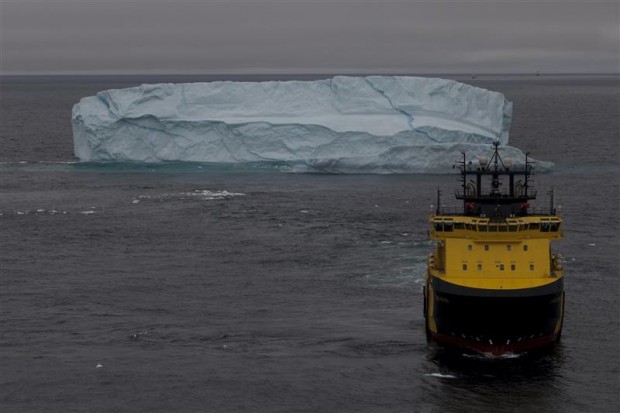On 29 January 2015, Royal Dutch Shell confirmed that it intends, subject to regulatory approval, to resume its US Arctic drilling programme at a cost for 2015 of at least $1bn. To date, Shell's Arctic programme has been a failure despite capital expenditure in excess of $6bn. 2012's drilling season beset by multiple operational failings was followed by a 'pause' for 2013 and a forced reversal of 2014 plans because of a US court decision.



